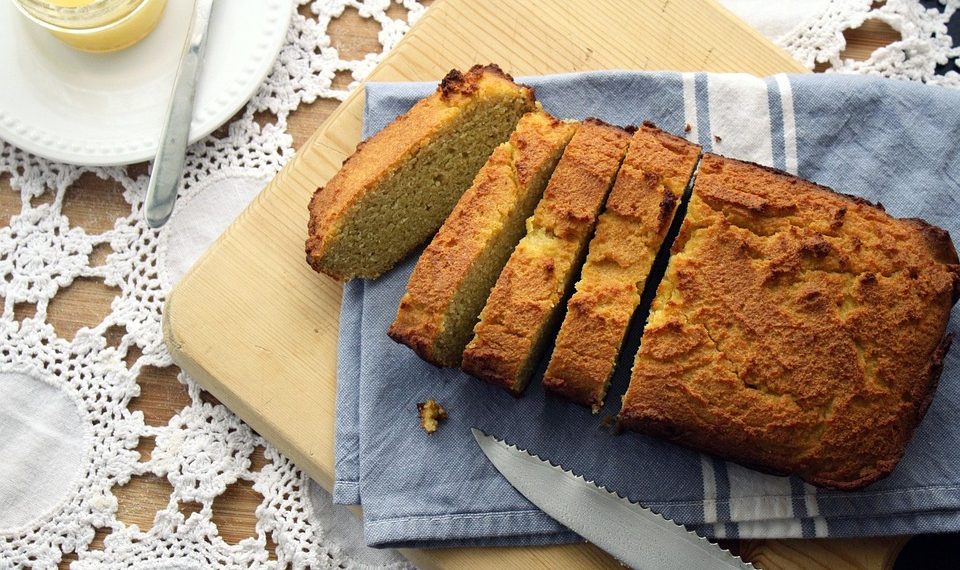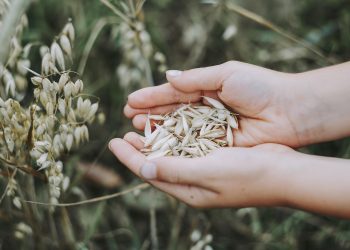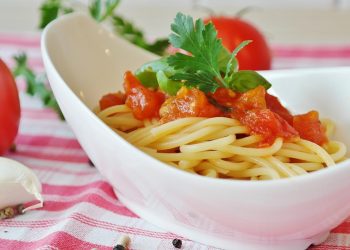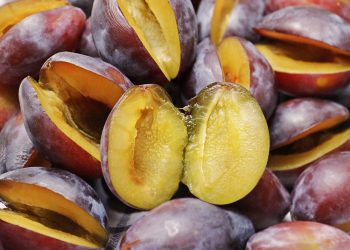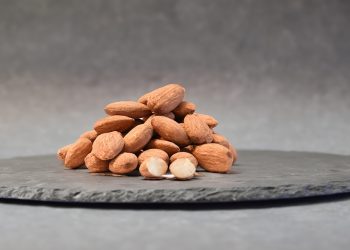Gluten-free foods are not just a health trend; they’re a delicious way to nourish your body and delight your taste buds. Whether you’re gluten-sensitive, have celiac disease, or simply want to explore new culinary horizons, embracing gluten-free options can be a game-changer for your diet and overall well-being.
In this article, we’ll dive into 10 delicious gluten-free foods that you absolutely need to try. Each one offers unique flavors and benefits that can enhance your meals and your life. So, let’s get started!
Contents
- What Makes Gluten-Free Foods So Important?
- 1. Quinoa: The Nutrient-Packed Powerhouse
- 2. Almond Flour: Baking Bliss Without the Gluten
- 3. Sweet Potatoes: Naturally Sweet and Satisfying
- 4. Chickpeas: The Versatile Legume
- 5. Cauliflower: The Low-Carb Chameleon
- 6. Chia Seeds: Tiny Powerhouses of Nutrition
- 7. Brown Rice: A Whole Grain Staple
- 8. Coconut Flour: The Tropical Baking Wonder
- 9. Zucchini: The Summer Squash Sensation
- 10. Dark Chocolate: A Decadent Treat
- Making the Transition to Gluten-Free
- Bottom Line
- FAQ
What Makes Gluten-Free Foods So Important?
Gluten is a protein found in wheat, barley, and rye. For many, it can trigger a range of health issues, from digestive problems to autoimmune responses. Choosing gluten-free foods can help alleviate these symptoms and contribute to a healthier lifestyle. But even if gluten isn’t a concern for you, these tantalizing options can add variety and nutrition to your diet.
1. Quinoa: The Nutrient-Packed Powerhouse
Quinoa is a superfood that packs a punch. It’s rich in protein, fiber, and essential minerals like magnesium and iron. Unlike many grains, quinoa is a complete protein, meaning it contains all nine essential amino acids.
- How to Enjoy It: Cook it as a base for salads, mix it into soups, or use it in place of rice. Its nutty flavor and fluffy texture make it incredibly versatile.
2. Almond Flour: Baking Bliss Without the Gluten
Almond flour is one of the most popular gluten-free flours available. It’s made from finely ground almonds and brings a sweet, nutty flavor to baked goods.
- Benefits: High in healthy fats, protein, and vitamin E, it’s a fantastic alternative to regular flour.
- How to Use It: Substitute it in recipes for pancakes, bread, or cookies. You’ll be amazed at how delicious your treats can be!
3. Sweet Potatoes: Naturally Sweet and Satisfying
Sweet potatoes are not just pretty; they’re also incredibly nutritious. Packed with vitamins A and C, fiber, and antioxidants, they’re a staple in many gluten-free diets.
- Culinary Uses: Roast them, mash them, or spiralize them into gluten-free noodles. They can be a tasty side or a comforting main dish.
4. Chickpeas: The Versatile Legume
Chickpeas, or garbanzo beans, are a fantastic source of plant-based protein and fiber. They’re also incredibly versatile, which is why they deserve a spot on your plate.
- Health Benefits: They help regulate blood sugar levels and keep you feeling full longer.
- Ways to Enjoy: Toss them in salads, blend them into hummus, or roast them for a crunchy snack.
5. Cauliflower: The Low-Carb Chameleon
Cauliflower is a fantastic gluten-free alternative for those looking to cut carbs. It’s rich in vitamins C, K, and B6, plus it’s high in fiber.
- Culinary Magic: Use it to make cauliflower rice, pizza crusts, or creamy soups. Its mild flavor easily absorbs spices, making it a great canvas for your culinary creativity.
6. Chia Seeds: Tiny Powerhouses of Nutrition
Chia seeds are small but mighty. They’re loaded with omega-3 fatty acids, fiber, and protein. Just two tablespoons can provide a significant amount of nutrients.
- How to Use Them: Sprinkle them on yogurt, blend them into smoothies, or make chia pudding for a satisfying breakfast or snack.
7. Brown Rice: A Whole Grain Staple
Brown rice is a whole grain that’s gluten-free and incredibly versatile. It’s rich in fiber and can provide long-lasting energy.
- Culinary Uses: Serve it as a side dish, mix it into stir-fries, or use it as a base for grain bowls. It’s an excellent way to bulk up your meals healthily.
8. Coconut Flour: The Tropical Baking Wonder
Coconut flour is another excellent gluten-free flour option. Made from dried coconut meat, it’s high in fiber and low in carbohydrates.
- Baking Tips: It absorbs a lot of moisture, so you’ll need to adjust your recipes accordingly. Use it in cookies, muffins, or pancakes for a hint of tropical flavor.
9. Zucchini: The Summer Squash Sensation
Zucchini is more than just a summer vegetable; it’s a gluten-free superstar. It’s low in calories and high in vitamins C and A.
- Culinary Versatility: Grill it, spiralize it into noodles, or use it in baked goods. It adds moisture and nutrients without overwhelming your dishes.
10. Dark Chocolate: A Decadent Treat
Yes, you read that right! Dark chocolate can be a part of your gluten-free journey. Just make sure to choose brands that are certified gluten-free.
- Health Benefits: Rich in antioxidants, it can improve heart health and boost mood.
- How to Indulge: Enjoy it in moderation as a snack or use it in desserts to satisfy your sweet tooth.
Making the Transition to Gluten-Free
Transitioning to a gluten-free lifestyle doesn’t have to be daunting. Here are some tips to help you succeed:
- Read Labels: Always check for gluten-free certifications.
- Experiment with New Recipes: Embrace the adventure of trying new ingredients and dishes.
- Stay Informed: Educate yourself about gluten and its alternatives. Websites like the Celiac Disease Foundation and Gluten Intolerance Group offer valuable resources.
Bottom Line
Exploring delicious gluten-free foods opens up a world of flavors and nutrients that can elevate your meals. From the protein-packed goodness of quinoa to the sweet delight of dark chocolate, each option offers something special for your palate and health.
So, what are you waiting for? Dive into these gluten-free goodies and transform your eating experience. You deserve to enjoy every bite!
FAQ
1. Are all gluten-free foods healthy?
Not necessarily. While many gluten-free foods are nutritious, some may be processed and high in sugars or unhealthy fats. Always read labels and opt for whole, minimally processed options.
2. Can I still enjoy baked goods on a gluten-free diet?
Absolutely! There are numerous gluten-free flours and ingredients that can be used to create delicious baked goods. Experimenting can lead to delightful discoveries.
3. How can I ensure I’m getting enough nutrients on a gluten-free diet?
Focus on whole, nutrient-dense foods like fruits, vegetables, lean proteins, and gluten-free grains. Consider consulting a nutritionist for personalized advice.
4. Is gluten-free food more expensive?
It can be, especially for specialty items. However, many whole foods are naturally gluten-free and can be budget-friendly. Focus on fresh produce and grains like rice and quinoa.
Embrace the flavors, savor the health benefits, and enjoy your journey into the world of gluten-free foods!
Get Your FREE Natural Health Guide!
Subscribe now and receive our exclusive ebook packed with natural health tips, practical wellness advice, and easy lifestyle changes — delivered straight to your inbox.

